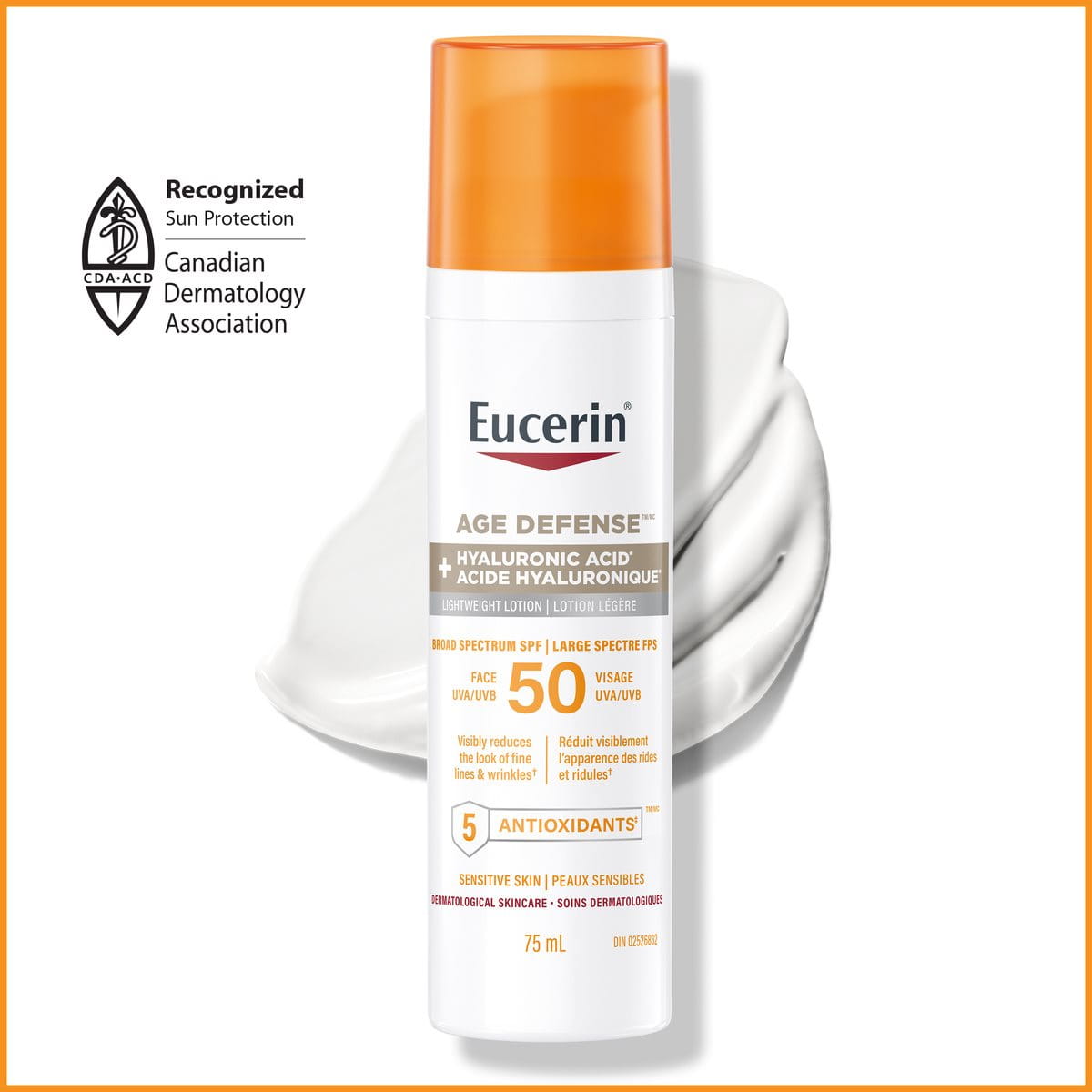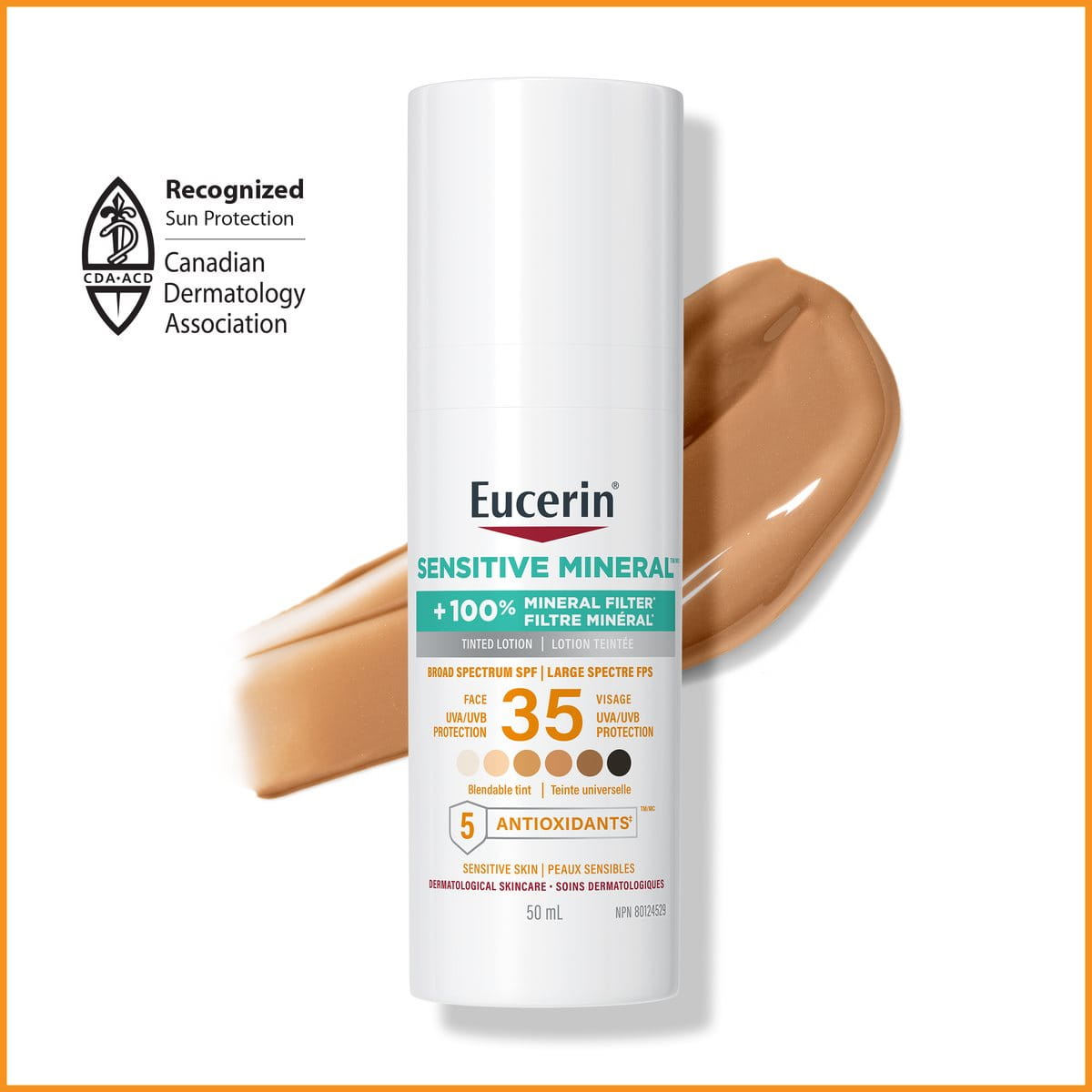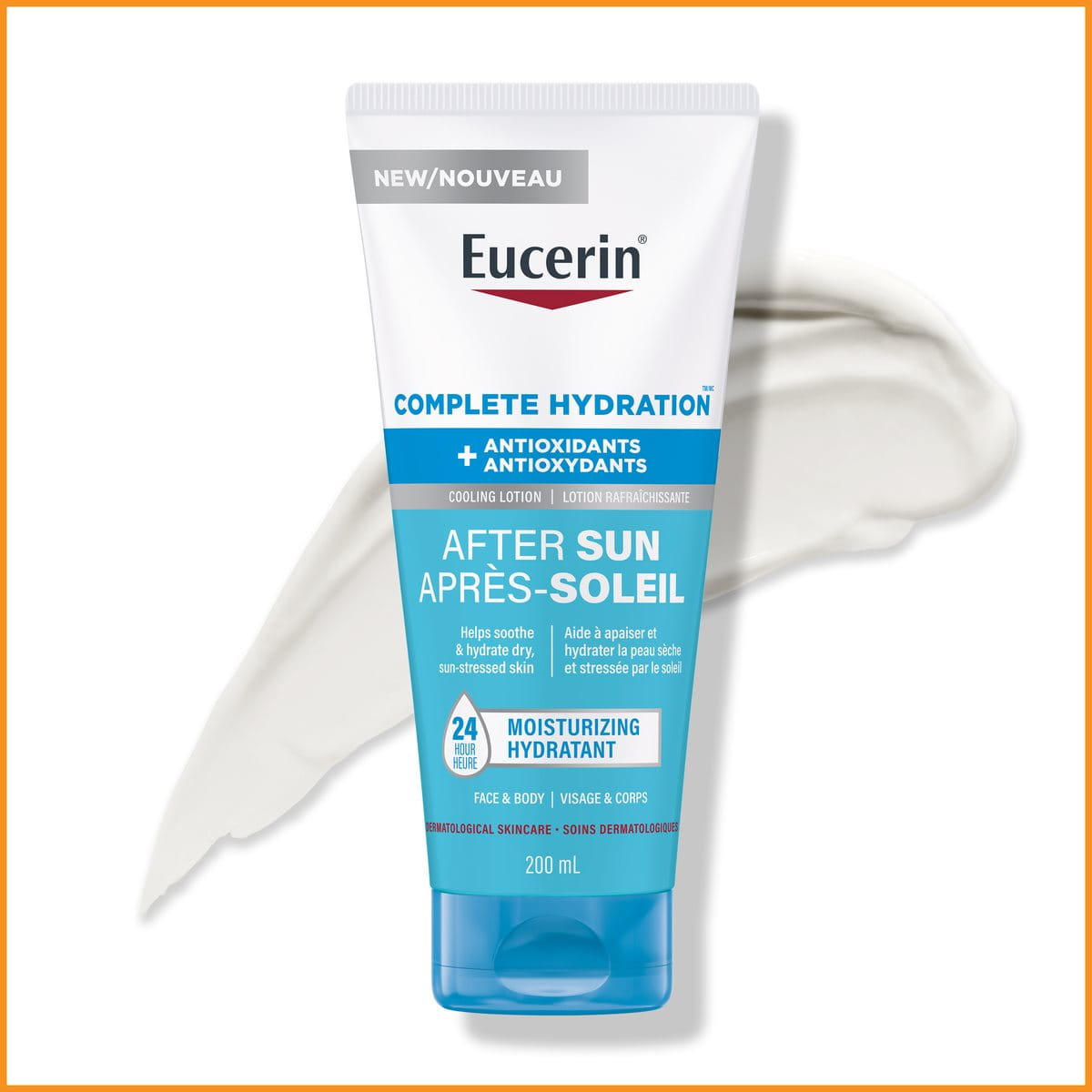1. Sunscreen is not required when under cover.
Myth: There's a common misconception that shade offers full protection from the sun's harmful UV rays. However, indirect exposure occurs when sunlight reflects off surfaces even when under shade, such as water or sand at the beach. It's challenging to stay fully covered as the sun moves quickly. Hence, applying sunscreen remains essential for complete protection.
2. Sunscreen serves as your primary defense against sunburn
Myth: Sunscreen and sunblock are essential alongside the primary UV protection method: avoidance. Aim to remain indoors during the peak hours of 11 a.m. to 3 p.m., utilize clothing that offers sun protection, such as a broad-brimmed sun hat, and apply sunscreen or sunblock, while seeking shade whenever possible. The Canada Safety Council highlights that up to 70 percent of skin cancer instances can be averted by evading UV ray-induced skin damage.
3. You won't experience sunburn inside a vehicle, behind a window, or beneath a beach umbrella
Myth: You can experience sunburn even while indoors behind glass. Although glass diminishes UV radiation, it doesn't entirely prevent it, so extended exposure in a car or behind a window during high UV conditions can still result in sunburn. Additionally, individuals are often sunburnt in cars with open windows, as they are exposed to heightened levels of UV radiation.
Seeking shade or sheltering under an umbrella is a prudent measure, but it alone may not suffice.

















